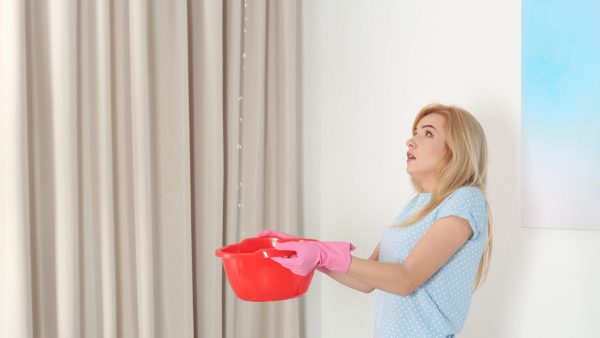The effects and mitigation of water infiltration

Water infiltration might seem minor at first, but if left unaddressed, it can lead to serious problems. Recognizing the signs early and taking action is essential to prevent long-term damage to your property.
Signs of water infiltration
Detecting water infiltration doesn’t require fancy tools. Look for visual indicators such as wall discoloration, mold growth, and peeling paint or wallpaper. Notice physical signs, including warped wood, damp spots, and pooling water. Additionally, be aware of odor changes; a musty smell indoors or increased humidity suggests hidden moisture buildup. If you notice any of these signs, it’s crucial to investigate the source of the moisture immediately.
Critical areas to inspect
Certain areas of your property are more prone to water infiltration. Through regular inspections, water infiltration can be prevented early. Here are the most common areas where water infiltration takes place:
- Roof and ceiling: These are common sources of leaks. Look for water stains or drips, which can indicate roof problems.
- Facade and windows: Inspect for condensation or seepage that may suggest compromised seals.
- Foundations and basements: Check for cracks, dampness, or standing water, which are signs of potential foundation issues.
- Equipment and systems: Regularly inspect HVAC units, sprinklers, and other water-related apparatus for leaks or corrosion.
Effects of water infiltration
If left unchecked, water infiltration can lead to several serious issues:
- Structural damage: Moisture can weaken structural components and damage interior finishes.
- Mold growth: High moisture levels can promote mold growth, which can lower indoor air quality and cause health issues, including respiratory problems.
- Soil erosion: Water infiltration can lead to soil erosion, weakening slopes, and potentially undermining structures.
- Pollution: Heavy metal accumulation from stormwater infiltration can lead to soil pollution over time.
Mitigation strategies
When you detect water infiltration, it’s essential to take steps to limit further damage:
- Remove damaged materials: Take out water-damaged furniture, drywall, or flooring to prevent ongoing deterioration.
- Salvage and disinfect: Clean and disinfect any materials that can be reused.
- Stabilize the structure: Check for and address structural issues to maintain safety.
- Extract and dry water: Use commercial-grade equipment to remove standing water and dry out affected areas.
- Secure exposed areas: Use tarps, boards, or other barriers to protect against future infiltration.
What’s next?
Water mitigation is a crucial first step but usually a temporary fix. For lasting results, further repairs or preventive upgrades may be necessary.
By recognizing and responding promptly to water infiltration, you can avoid various complications, from property damage to health risks. Taking preventive measures and acting quickly on signs of moisture will help keep your space safe, dry, and healthy.
